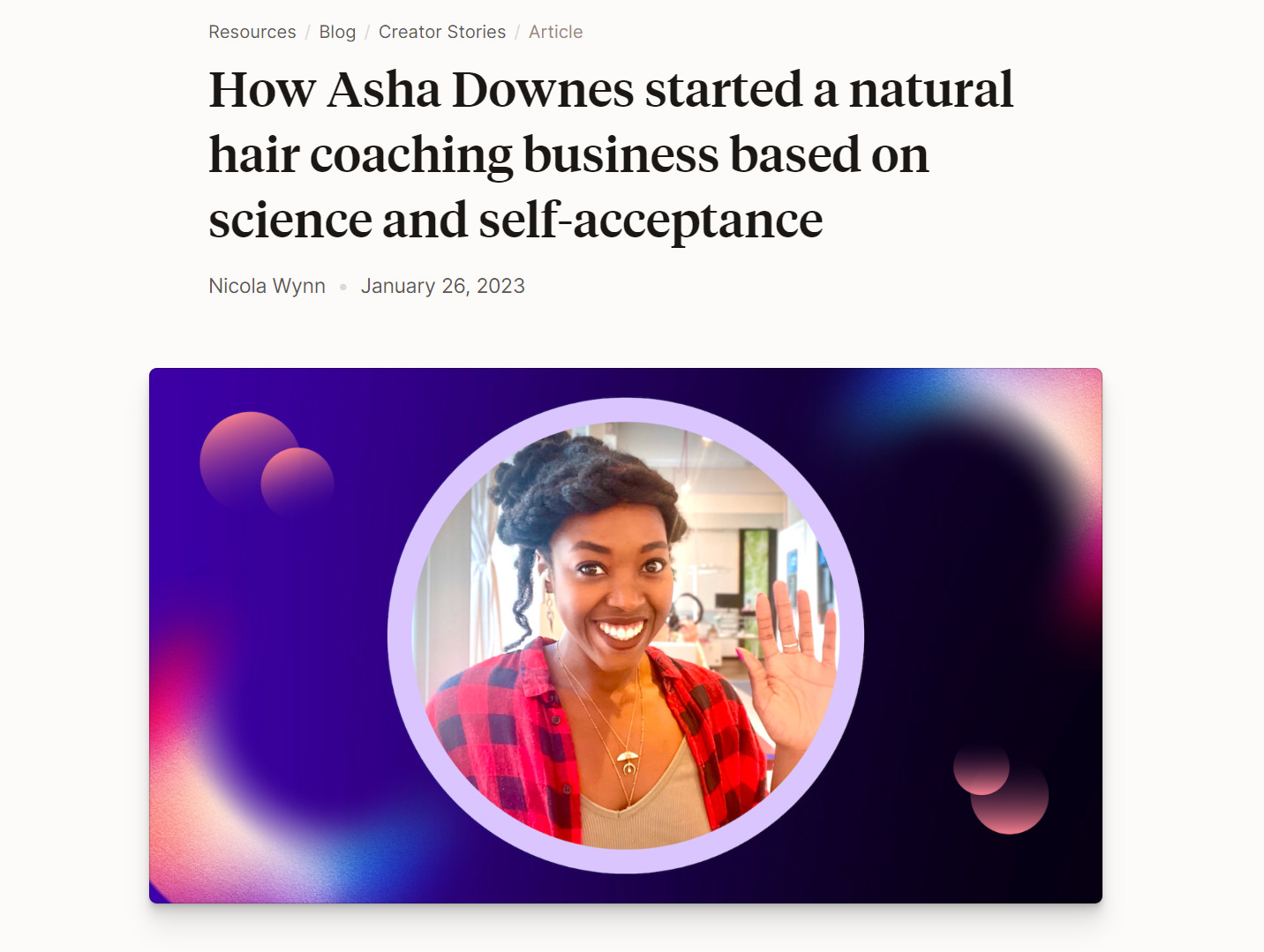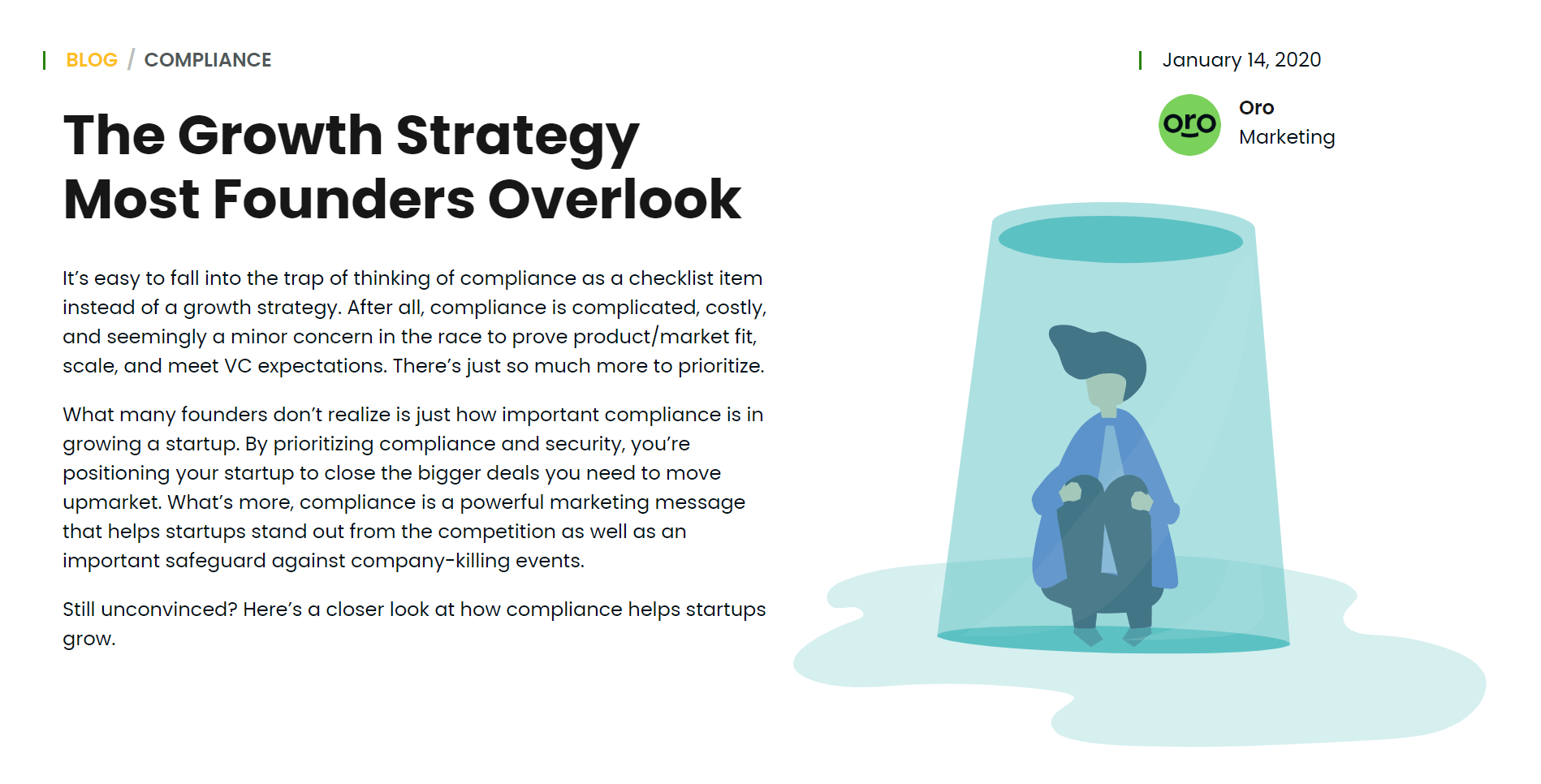Content ideation is the process of generating article, video or infographic ideas. A solid ideation process makes it easy to brainstorm dozens of content ideas, hit a regular publishing cadence, and consistently grow traffic—without unnecessary brain strain.
You can think of a good ideation process as a feedback loop: a series of tasks that work together to make it easier and easier to create great ideas on demand.

Read, watch, and listen widely
It’s difficult to create amazing content ideas in a vacuum. It’s much easier to respond to ideas that already exist in the world, to take in information and playfully challenge, respond to, or remix it.
To generate a ton of content output, you need to fuel your brain with a huge amount of input. Every article, essay, book, YouTube tutorial, podcast interview, and spicy tweet is a potential “seed” for your next content idea.
Don’t limit yourself to just one type of content. As the adage goes, garbage in, garbage out: if you only read content marketing blog posts, everything you create will look and feel like just another content marketing blog post. The more adventurous you are with your consumption habits, the easier it will be to find new and interesting ideas to incorporate into your own content.
Capture inspiration when it strikes
Ideas are fleeting, so make sure to capture them whenever they appear.
Choose a single place to function like your idea inbox—a Google doc, Trello board, notes app, or physical notepad. Jot down every idea you have, no matter how unfinished or bad it may seem, and make time to revisit them in a few hours or days.
Some will be destined for the scrap heap. Others will benefit from a few days of thought. Others still may emerge as new ideas, inspired by others.
Make things that help people
Here’s the golden rule of content ideation: every content idea needs to be useful to another human being (and ideally, many human beings).
Some content ideas will be contrarian and surprising, and may even generate a huge amount of attention on social media—but if they don’t help another human being, what’s the point?
Learn from feedback
Finally, see how your article ideas are received in the real world. Do they earn a better or worse response than expected? Which topics were most popular? Which generated the most traffic?
Take this feedback and learn from it, nudging your content ideas towards more of what works (and less of what doesn’t).
Let’s get specific, and look at eight very different, very useful sources of inspiration for your content marketing.
The simplest way to generate content ideas is also one of the most useful: provide responses to the questions people ask about your product, your company, and your industry.
Prioritize questions that your product can naturally help to answer. For a marketing analytics tool, that might mean answering questions about heat mapping and attribution. For a carpet fitting company, common types of flooring. For Ahrefs, it’s link-building and keyword research.
Examples:
- Find popular questions posted on subreddits and forums: How to build backlinks? Is hiring an agency worth it? (Reddit)
- Look for search queries formulated as questions: “how to get rid of carpet beetles” (7,900 US searches per month)
It’s easy to find questions with significant search volume using Keywords Explorer. Enter your seed keywords (in this case, “carpet” terms), click the Matching terms report, and select the Questions report. You’ll see a list of question keywords that include your seed terms:

Content marketing is designed to help sales, and the most immediate way to achieve that goal is to directly address sales objections. Record the problems that prevent people from becoming customers (or ask your sales team), and write responses to their issues.
Creating a shared, documented response for the whole company to learn from is a great way to speed up sales deals and persuade would-be customers.
Examples:
- Explore the differences between your product and your closest competitors: Podia vs. Kajabi: Which is best for creators? (Podia)
- Explain the thinking behind the features you offer: Why You Need a Kanban Board for Project Management (Basecamp)
- Respond to criticism: Ahrefs’ New Pricing: Everything You Need to Know (Ahrefs)

Pipedrive compares its product to close competitor HubSpot.
Another way to help sales: tell the world about how awesome your company is. Document your customers’ wins, how they achieved them, and the role your company and products played in their success.
Our golden rule applies double here: make things that help people. A case study should do more than just boast about your amazing features and decisions: it should also help the reader solve a hard problem for themselves.
Examples:
- Tell the story of your most successful customer: How Asha Downes started a natural hair coaching business based on science and self-acceptance (Podia)
- Document a business tactic that succeeded: Link Building Case Study: How We Built Backlinks With a ‘Stats’ Page (And Ranked #1) (Ahrefs)

Podia highlights the success of one of its customers.
Chances are high that your competitors already have a few content pieces generating new business for them. If you can identify the content that generates the greatest traffic or backlinks, you can create your own (better, or different) version to siphon away some of their business.
(But remember to create new, original ideas too: you don’t want your entire content strategy to be a carbon copy of your competitors.)
Examples:
- Improve upon your competitors’ most linked content: 90.63% of Content Gets No Traffic From Google. And How to Be in the Other 9.37% (Ahrefs, 2,897 referring domains)
- Improve upon your competitors’ most popular content: Affiliate Marketing For Beginners: What It Is + How to Succeed (Ahrefs, 54,847 monthly organic pageviews)
To easily see which articles generate the most traffic for your competitors, enter the URL of their blog into Site Explorer and navigate to Top pages. You’ll a list of pages ordered by estimated organic traffic, from highest to lowest. In this example, we can see three articles that account for almost 20% of the traffic to Ahref’s blog.

If you can help your customers and would-be customers understand the world around them, you can help them make better decisions (and earn their goodwill in the process).
Use your experience to explain why things happen, and how people should respond. Highlight new technologies to use, explore the possible consequences of new trends, or share high-performing business strategies.
Examples:
- Explore the impact of new trends and technology: The Future of SEO in a Post-ChatGPT World (Animalz)
- Share teardowns of companies and strategies that perform well: 6 Things I Love About Zapier’s SEO Strategy: A Case Study (Ahrefs)
- Explain why things happened: Hubspot Acquires The Hustle: Here’s Why It Makes Sense (Foundation)

Ahrefs (that’s us!) shines a light on Zapier’s successful approach to SEO.
Every industry is rife with best practices and truisms (ideas that most people believe and follow). But is a best practice still helpful once everyone knows about it and copies it?
If your knowledge and experience tell you that some commonly held ideas are wrong or unhelpful, you can help people by challenging those ideas, explaining why they don’t work in practice, and suggesting a better approach.
Examples:
- Challenge common beliefs: Should You Raise Your Rates and Only Take Paid Speaking Gigs? Not So Fast… (SparkToro)
- Argue against best practices: Why Wireframes Are Bad for Creativity (Basecamp)

Basecamp explains why they don’t use wireframes.
You and your team have unique experiences: hard problems you’ve had to solve, processes you’ve built, and lessons you learned the hard way. Whenever these experiences would prove helpful to your target audience, share them: let them learn from your effort and shortcut straight to a solution.
Our golden rule crops up again here: not all of your personal experiences will be helpful to your target audience, so be discerning about what you share.
Examples:
- Processes built: How We Make Decisions at Coinbase (Coinbase)
- Mistakes made: I Blogged Every Night for a Week. It Went Terribly. (SparkToro)
- Experiments run: I Deleted the Content From Two Posts To See if They’d Still Rank. Here’s What Happened (Ahrefs)

Coinbase shares its decision-making framework.
Content can help to create a clear, articulate version of your company’s philosophy: why you exist, why you built your product in a particular way, and what you value.
Customers care about features and pricing, but in some cases, being able to buy into a vision that they support can help seal the deal. The same goes for persuading potential employees, and even investors: it helps to share your company’s beliefs and reason for existence.
Examples:
- Communicate your reason for existence: The Growth Strategy Most Founders Overlook (Thoropass)
- Share how the industry is changing, and how you plan to respond: Regulating Crypto: How we move forward as an industry from here (Coinbase)
- Explain your business decisions: How Ahrefs Saved US$400M in 3 Years by NOT Going to the Cloud (Ahrefs)

Thoropass explains the big vision behind the founding of their company.
Final thoughts
Having original, creative ideas is a serious challenge, but the more tools you have in your mental toolkit—methods of ideation, types of source material, and sources of feedback—the easier content ideation becomes. And, with every idea you create, the easier it becomes to create another, as previous ideas plant the seeds for future ones.
Want to share your ideation process? Connect with me on X or LinkedIn.



